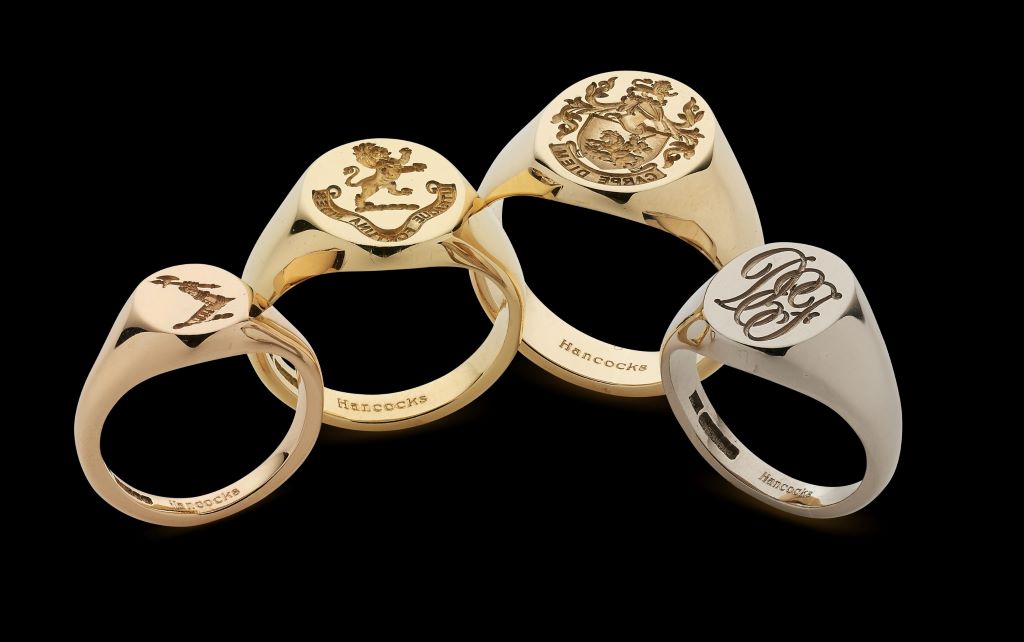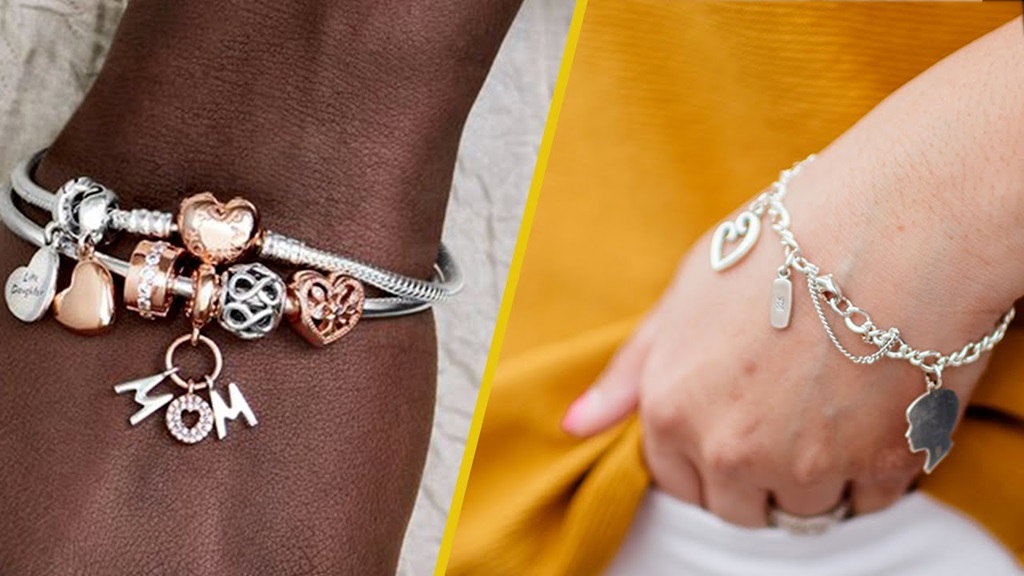Imagine wearing a piece of history on your finger—a ring that tells your family’s story, crafted with precision and care by artisans who’ve honed their craft for generations. At Hancocks, this vision becomes reality through the timeless art of hand-engraving signet rings. These bespoke creations, steeped in heritage and individuality, are more than jewelry; they’re heirlooms that carry personal and cultural significance. In this article, we’ll explore how Hancocks transforms precious metals and stones into enduring symbols of legacy, diving into the intricate process of hand-engraving, the materials used, and why these rings remain cherished across generations.
What Makes Hand-Engraving So Special?
Hand-engraving is a craft that dates back to ancient civilizations, from the seal rings of Mesopotamia to the heraldic crests of medieval Europe. Unlike modern machine or laser engraving, hand-engraving requires a skilled artisan to carve designs into metal or stone using specialized tools like burins and gravers. This meticulous process creates deep, three-dimensional designs that are both durable and visually striking. At Hancocks, skilled engravers seal-engrave every signet ring using a traditional technique that involves carving the design in reverse to produce a raised impression when pressed into wax. This method, rooted in history, ensures each piece is unique, bearing the subtle imperfections that mark the work of a human hand.
The allure of hand-engraved signet rings lies in their individuality. No two pieces are identical, as the engraver’s skill and artistic interpretation imbue each ring with a distinct character. This personal touch resonates with those seeking jewelry that reflects their identity, whether through a family crest, monogram, or custom symbol. Hancocks’ commitment to this time-honored craft sets them apart, honoring a legacy of craftsmanship that began in 1849 when Charles Frederick Hancock founded the company on London’s Bond Street.
The Hancocks Process: Crafting a Signet Ring
Creating a hand-engraved signet ring at Hancocks is a journey that blends tradition with personalization. The process begins with a consultation, often at their Burlington Arcade boutique in London, though clients worldwide can engage via email or their website. Here’s a step-by-step look at how Hancocks brings these heirloom pieces to life:
1. Consultation and Design Selection
Clients start by choosing the ring’s style, metal, and engraving design. Hancocks offers three main styles: Oxford Oval, Cushion, and Oval Stone Set, each available in various head sizes and metals like 9ct, 14ct, or 18ct yellow, rose, or white gold, as well as platinum and sterling silver. For those opting for a stone-set ring, hardstones like carnelian, bloodstone, sardonyx, or lapis lazuli add vibrant color and historical significance. Clients may select a family crest—Hancocks has a database of 45,000 names and 25,000 crests—or a custom design, such as initials, a monogram, or a symbolic motif like a dove for peace or a team’s insignia.
2. Die-Stamping for Durability
Hancocks uses a die-stamping process to form their rings, a method superior to casting for its durability. A sheet of recycled gold or other precious metal is placed in a hydraulic press, where steel dies cut out the ring’s shape, compressing the metal to enhance its density. This results in a smooth, non-porous surface ideal for engraving and ensures the ring can withstand daily wear, making it a true heirloom piece.
3. Hand-Engraving by Master Craftsmen
Once the ring is shaped and soldered into a perfect circle, it’s handed to a master engraver. Using traditional tools, the engraver carves the chosen design deeply into the metal or stone, often in reverse for seal engraving. This process can take up to two days for simpler designs and over a week for intricate crests or coats of arms. The deep cuts create a three-dimensional effect, adding depth and texture that machine engraving cannot replicate. Hancocks’ engravers, trained for years in this meticulous craft, ensure every detail is crisp and precise, from the curve of a heraldic shield to the flourish of a monogram.
4. Finishing and Polishing
After engraving, the ring is polished to a high shine, enhancing the metal’s beauty and protecting the design. For stone-set rings, the gem is bezel-set, with carnelian often left open-backed to allow light to enhance its translucent glow. Each ring comes with a boxed wax impression, showing the design as it would appear when used as a seal—a nod to the ring’s historical function, even if most clients wear it for style or sentiment.
5. Quality Check and Presentation
Before delivery, the ring undergoes a thorough inspection to ensure it meets Hancocks’ exacting standards. It’s then presented in a luxurious leather box, ready to be worn or passed down as a cherished heirloom.
Why Choose Hancocks for Your Signet Ring?
Hancocks’ legacy of craftsmanship, dating back to their creation of the Victoria Cross in 1856, underscores their expertise. Their commitment to using 100% recycled gold reflects a dedication to sustainability without compromising quality. Recycled gold, refined to the same purity as newly mined gold, is alloyed to create durable 9ct, 14ct, or 18ct rings in yellow, rose, or white hues. This ethical choice ensures your ring is both beautiful and environmentally responsible.
The personalization options at Hancocks are unparalleled. Whether you’re honoring a family crest, commemorating a milestone, or celebrating a personal passion, their master craftsmen can bring your vision to life. The deep, hand-engraved designs are more durable than surface or laser engravings, ensuring the ring remains vibrant through generations of wear. Additionally, Hancocks’ use of die-stamped rings enhances longevity, as the compressed metal resists wear and maintains a flawless surface for engraving.
The Historical Significance of Signet Rings
Signet rings have a storied past, evolving from practical tools to symbols of identity and status. Originating in ancient Mesopotamia around 3500 BCE, people used them to seal documents with unique impressions. The Egyptians continued this practice using hardstones engraved with hieroglyphs. By the Middle Ages, heraldry gained prominence as crests and coats of arms adorned rings to signify lineage. During the Renaissance, artisans transformed signet rings into ornate fashion statements. By the 19th century, families cherished them as heirlooms, especially among the upper and middle classes.
Today, signet rings are worn by men and women for diverse reasons—heritage, style, or affiliation with a group like a university or sports team. Hancocks embraces this evolution, offering modern designs while preserving traditional techniques. Their rings bridge the gap between past and present, making them ideal gifts for milestones like graduations, weddings, or coming-of-age celebrations.
FAQs About Hand-Engraved Signet Rings
What is the difference between hand-engraving and laser engraving?
Hand-engraving involves an artisan manually carving designs with tools, creating deep, three-dimensional patterns with unique character. Laser engraving uses computer-controlled lasers for precise, shallow designs, ideal for intricate patterns but lacking the depth and individuality of hand-engraving. Hancocks exclusively uses hand-engraving for its traditional appeal and durability.
How long does it take to create a custom signet ring?
The process typically takes several weeks, depending on the design’s complexity. Simple engravings may require two days, while detailed crests can take over a week. Consultations, crafting, and finishing add to the timeline, but Hancocks ensures timely delivery without compromising quality.
What materials are used in Hancocks’ signet rings?
Hancocks uses 100% recycled gold (9ct, 14ct, or 18ct) in yellow, rose, or white hues, as well as platinum and sterling silver. Hardstone options include carnelian, bloodstone, sardonyx, and lapis lazuli, each chosen for their beauty and suitability for engraving.
Can I engrave a custom design if I don’t have a family crest?
Absolutely. Hancocks offers endless personalization options, including monograms, initials, symbols, or bespoke designs. Their team can help you create a meaningful motif, such as a team logo, a zodiac sign, or a tribute to a loved one.
How durable are hand-engraved signet rings?
Hand-engraved rings are exceptionally durable due to their deep engravings and die-stamped construction. Unlike laser engravings, which may fade with wear, hand-engraved designs remain sharp and vibrant, making them ideal for daily wear and generational heirlooms.
Why Signet Rings Are Timeless Heirlooms
A Hancocks signet ring is more than jewelry—it’s a tangible link to your story, crafted with artistry and care. Whether engraved with a family crest, a personal monogram, or a unique symbol, these rings carry emotional weight and historical resonance. Each generation can pass them down, adding to their legacy, thanks to their durable deep hand-engraving and die-stamped construction.
Call to Action
Ready to create your own heirloom signet ring? Visit Hancocks’ Burlington Arcade boutique or contact their team via hancockssignetrings.com to start your consultation. Explore their extensive crest database or collaborate on a custom design that reflects your unique story. Don’t wait to craft a piece that will be treasured for generations—reach out today and seal your legacy in gold.





